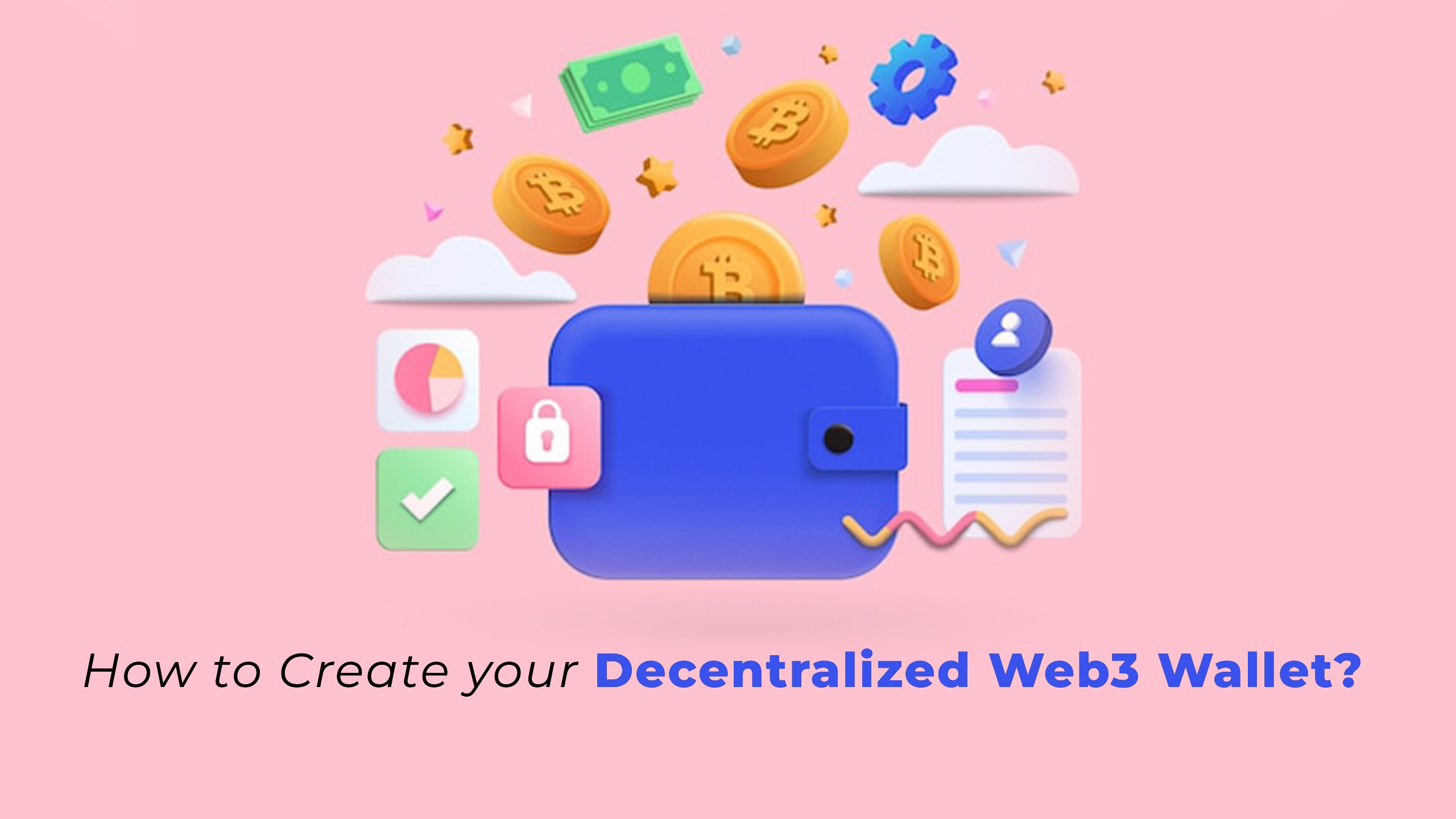Previously, we lacked in technology improvements of wallets and assets. Now, revolutionary improvement can be seen in management tools that make financial technology easier for investors and users. All credit goes to Defi wallets, users can store the funds in a safe hand. No need to worry about the assets by third-party providers.
How to Create your Decentralized Web3 Wallet?
We will walk you through the baby steps involved in the process of development.
Step: 1 Clear the Legal Obstacles
In some countries, there are strict guidelines for regulating cryptocurrency while there are hundreds of companies that authorize Defi as a legitimate currency. Decentralized finance (Defi) can never be taken by centralized finance. Not just Defi tokens are popular right now, crypto became more accessible now. All you need is an Ethereum wallet that can be created in minutes. In addition, take the first step in clearing legal obstacles.
Step: 2 Right Support is Necessary
To make a Bitcoin wallet profitable you need the right kind of support.
Professional Technical expertise in technology as a seasoned developer requires lots of manpower to set up Wallet. Choose professional developers or partner with agencies to set up a wallet.
Step: 3 Privacy and Security
The most important step is to build your wallet as securely as possible. The popularity of Decentralized wallets is growing rapidly and makes them vulnerable to attacks by notorious elements on the web. If you want to make the wallet a big hit then protection and assurance matter honestly. To develop a secure, scalable, and user-friendly Defi wallet, We will suggest you shake hands with Antier Solutions.
Benefits of the Decentralized Web3 Wallet:
Non-Custodial – Anyone can send and transfer funds realizing they are the only one who has a permit to those funds.
Pair Key-based – Underneath the cap, all Defi wallets have an extraordinary key pair. This is varied from centralized wallets as users are accountable for the safekeeping of their private keys, often initiated through a 12-word seed phrase.
Vulnerable – Basically all non-custodial wallets can deal with a suit of assets, with Ethereum-specific Defi wallets authorizing users to deposit ETH in tandem with stablecoins like Dai, ERC20 tokens like KNC and ERC721 tokens like Axis.
Scalable and Compatible – As remarked above, nearly all Defi wallets are accessed by connecting a web3 wallet. Mobile wallets have started to integrate app browsers to render it easy to connect with Defi applications without having to ever leave the app.
Private key control – The company provides your users with complete control over their private keys and funds with a Defi Bitcoin wallet and multi-currency wallet fortified with institutional-grade security and ease of use and pitch a completely transparent product that anyone can subscribe to.
Bottom Line
As you can see, Defi has a lot to offer. I can’t say for sure that Defi will replace traditional financial systems in the future. This would take too much time and effort. However, there is no doubt that this market will become a significant part of the global economy.




